Welcome to Our Blog: Starting Watermelon Seeds Indoors!
Whether you're a seasoned gardener or a beginner with a green thumb, our blog is your go-to resource for experiencing the joy of starting watermelon seeds indoors and caring for the resulting seedlings. We cater to enthusiasts at every skill level, offering valuable insights, expert tips, and practical guidance to ensure a successful indoor watermelon growing experience.
What We Offer:
Comprehensive Guides for All Levels:
From selecting the right seeds to nurturing healthy seedlings, our blog provides comprehensive guides tailored to meet the needs of both seasoned gardeners and beginners, ensuring that everyone can embark on their indoor watermelon growing journey with confidence.
Expert Tips for Successful Cultivation Benefit:
From expert tips and techniques that cover every aspect of indoor watermelon cultivation, including seed starting, proper care for seedlings, optimizing growing conditions, and troubleshooting common issues that may arise during the process.
Innovative Approaches for Indoor Gardening:
Discover innovative approaches and creative solutions for maximizing space, light, and resources to successfully grow watermelon seedlings indoors. We showcase practical methods that cater to the unique challenges of indoor gardening.
Sustainable and Rewarding Practices:
Explore sustainable and rewarding practices that promote eco-friendly indoor gardening, allowing you to enjoy the satisfaction of nurturing your own homegrown watermelon seedlings while minimizing environmental impact.
Whether you're a seasoned pro or just dipping your toes into gardening, our blog is your go-to resource for all things watermelon seed starting indoors. From expert tips to beginner-friendly advice, we've got something for everyone eager to dive into the joy of nurturing seedlings. Join us as we explore the wonders of growing watermelons indoors and learn how to care for your tiny plants with confidence!
Benefits of Starting Watermelon Seeds Inside
A. Benefits of Starting Watermelon Seeds Indoors:
Starting watermelon seeds indoors offers numerous advantages, such as giving your plants an early head start in the growing season, allowing greater control over environmental conditions, and improving the overall success rate of your watermelon plants.
B. Importance of Proper Seed Starting Techniques:
Successful watermelon growth hinges on the proper execution of seed starting techniques. From selecting high-quality seeds to providing the ideal growing conditions, mastering these initial stages is crucial for nurturing robust watermelon plants.
C. Overview of Blog Content:
This comprehensive guide will cover everything you need to know to successfully start watermelon seeds indoors. Topics include selecting the right seeds, preparing the growing medium, ensuring proper light and water requirements, transplanting seedlings, troubleshooting common issues, and ultimately, cultivating delicious and juicy watermelons right in your own space.
Indoor seed starting for watermelon seeds allows for greater control over essential growing conditions, ensuring optimal conditions for successful germination and seedling growth.
Here are some examples of the specific factors that can be controlled:
Temperature:
Indoors, you can maintain a consistent temperature suitable for watermelon seed germination, typically around 75-85°F (24-29°C). Using heat mats or placing seed trays in a warm location helps create a stable environment for seeds to sprout.
Light Exposure:
By starting seeds indoors, you can control the amount and duration of light exposure your watermelon seeds receive. Using grow lights or placing seed trays in a sunny window ensures adequate light for seedlings to grow strong and healthy.
Humidity:
Controlling humidity levels is crucial for successful seed germination. Indoor environments can be regulated to maintain the ideal humidity levels needed for watermelon seeds to sprout without the risk of excessive moisture that may lead to damping-off.
Protection from Pests and Diseases:
Indoor seed starting minimizes the risk of pests and diseases affecting young watermelon seedlings. By starting seeds in a clean and controlled environment, you can prevent common issues such as damping-off disease or pest infestations.
Air Circulation:
Adequate air circulation is essential for preventing fungal diseases and promoting sturdy seedling growth. Indoor seed starting allows you to place fans strategically to ensure proper air movement around your watermelon seedlings.
By controlling these essential growing conditions indoors, you can create an optimal environment that promotes successful germination, healthy seedling development, and ultimately, robust watermelon plants ready for transplanting outdoors.
When to Start watermelon seeds indoors
The best time to start watermelon seeds indoors is typically 2 to 4 weeks before the last expected frost date in your area. This timing allows the watermelon seedlings to grow and develop indoors before being transplanted into the garden once the soil has warmed up sufficiently outdoors.
Here are some general guidelines for starting watermelon seeds indoors:
Determine the Last Frost Date:
Find out the average date of the last frost in your region. This information is crucial for planning when to start your watermelon seeds indoors to ensure the seedlings are ready for outdoor transplanting after the risk of frost has passed.
Count Backward:
Count back 2 to 4 weeks from the last frost date to determine when to start your watermelon seeds indoors. This provides ample time for the seeds to germinate, grow into healthy seedlings, and be ready for transplantation into the garden.
Consider Seedling Growth Rate:
Watermelon seedlings grow relatively quickly, so starting them indoors a few weeks before the last frost date allows them to reach a suitable size for transplanting. Ensure the seedlings have sturdy stems and several true leaves before moving them outdoors.
Maintain Optimal Conditions:
During the indoor growing period, provide the watermelon seedlings with adequate light, warmth, moisture, and nutrients to support healthy growth. Monitor the seedlings closely and adjust care practices as needed to ensure they thrive indoors.
By starting watermelon seeds indoors at the appropriate time based on your local frost date, you give the seedlings a head start and increase their chances of success once they are transplanted into the garden. Following these timing guidelines can help you optimize the growing season and enjoy a bountiful harvest of sweet, juicy watermelons.
Understanding Watermelon Seeds
The seeds of a watermelon are little, flat, oval seeds that are discovered in the flesh of the fruit. They usually come in black, brown, or tan shades and have a tough outer covering. These seeds contain a wealth of nutrients, such as protein, good fats, vitamins, and minerals like magnesium, iron, and zinc. Though they are usually thrown away when enjoying watermelon, they are actually edible and can be roasted and seasoned to make a tasty snack or utilized in a variety of culinary creations. Some individuals also consume them raw or grind them up to enhance the nutritional value of smoothies, salads, and other dishes.
A. Types of Watermelon Seeds
Open-Pollinated Seeds:
These seeds are pollinated by natural mechanisms such as insects or wind and produce offspring similar to the parent plant.
Hybrid Seeds:
These are created by cross-pollinating two different varieties to obtain specific traits such as disease resistance or improved fruit quality.
B. Factors for Choosing Watermelon Seeds
When selecting watermelon seeds for indoor planting, consider the following factors:
Space:
Choose seeds of watermelon varieties that are suitable for indoor or limited space cultivation.
Growing Conditions:
Select seeds that are well-suited to the indoor environment and the local climate.
Fruit Characteristics:
Consider the size, flavor, and color of the watermelon fruits you prefer.
C. Storing Watermelon Seeds
Best practices for storing watermelon seeds include:
Dry Environment:
Store seeds in a cool, dry place to maintain their viability.
Airtight Containers:
Use airtight containers to protect seeds from moisture and pests.
Labeling:
Clearly label the containers with the seed variety and the date of storage for easy identification.
Pre-sprouting seeds:
To pre-sprout watermelon seeds, start by laying the seeds on a damp paper towel. Gently roll up the towel with the seeds inside and place it in a plastic bag, ensuring the bag is sealed. Keep the bag in a warm place until the seeds germinate. Once the seeds have sprouted, carefully transfer the seedlings into individual pots, allowing them to continue their growth in a nurturing environment. This method can help jumpstart the germination process and give your watermelon seeds a strong and healthy start before planting them in the ground.
To prepare seed trays or containers for starting watermelon seeds indoors, follow these steps:
Choose the Right Containers:
Select seed trays or containers with drainage holes to prevent waterlogging and promote healthy root growth. Consider using biodegradable pots or trays that can be planted directly into the soil when transplanting seedlings outdoors.
Clean and Sterilize:
Thoroughly clean and sterilize the seed trays or containers to remove any potential pathogens or contaminants that could harm the seeds or seedlings. Use a mild bleach solution or a commercial disinfectant to sanitize the containers.
Fill with Seed-Starting Mix:
Fill the containers with a high-quality seed-starting mix that provides good aeration and drainage for the watermelon seeds. Avoid using garden soil, as it may contain pests or diseases that can affect seed germination.
Moisten the Soil:
Before planting the watermelon seeds, lightly moisten the seed-starting mix to create a damp, but not waterlogged, growing medium. Excess moisture can lead to damping-off disease and hinder seed germination.
Plant Watermelon Seeds:
Plant the watermelon seeds according to the recommended depth for the specific variety. Make small indentations in the soil, place the seeds inside, and cover them lightly with soil. Space the seeds evenly to allow room for growth and development.
Label and Date:
Label the seed trays or containers with the watermelon variety and planting date to keep track of different seed types and monitor growth progression. This helps you identify and care for the seedlings as they sprout and grow.
Provide Warmth and Light:
Place the seed trays in a warm, bright location to encourage germination. Watermelon seeds thrive in warm temperatures, so consider using a heat mat to maintain consistent warmth for optimal seed germination. Provide adequate sunlight or use grow lights to ensure the seedlings receive enough light for healthy growth.
Seed Germination:
Ensure that the soil receives light but consistent watering until germination occurs, a process that typically takes between 10 to 14 days. By maintaining this balance, you provide the seeds with the moisture they need to sprout while avoiding overwatering, which could impede the germination process. Monitoring the soil moisture levels and adjusting your watering routine accordingly will contribute to the successful growth of your seeds as they transition from germination to seedlings.
By preparing seed trays or containers in this manner, you create a favorable environment for watermelon seeds to germinate and thrive indoors before being transplanted into the garden for a successful growing season. Remember to monitor the moisture levels, provide proper care, and watch as your watermelon seeds sprout and grow into healthy seedlings ready for outdoor transplantation.
Providing Ideal Growing Conditions
To promote successful germination and early growth, ensure the following growing conditions:
Temperature:
Maintain a consistent temperature between 75-85°F (24-29°C) for optimal germination.
Light:
To maintain adequate photosynthesis and prevent lanky seedlings, place the pots in a warm, well-lit area, or provide 14–16 hours of bright, indirect light every day, or use grow lights.
Moisture:
Regularly check the soil moisture and look for signs of germination. Once seedlings emerge, ensure they receive adequate light and continue to monitor soil moisture to support their growth.
Fertilizer:
Once your seedlings begin to emerge from the soil, provide them with a boost by nourishing them with a high-quality nitrogen fertilizer. This will encourage the growth of lush, verdant leaves, crucial for optimizing photosynthesis and overall plant development. By supplying your watermelon seedlings with essential nutrients at this critical stage, you are priming them for success and ensuring they possess the vigor and strength to yield abundant fruits later in the season.
Common Issues and Troubleshooting Tips
Damping Off:
To prevent damping off, ensure proper air circulation and avoid overwatering.
Yellowing Leaves:
This may indicate nutrient deficiencies or overwatering. Adjust watering and consider using a diluted, balanced fertilizer as needed.
Leggy Seedlings:
Increase light exposure or adjust the light source to prevent leggy growth.
Harden Off and Transplanting Seedlings
A. Hardening Off Process
Hardening off seedlings is crucial before transplanting outdoors:
About 7-10 days before transplanting, gradually expose the seedlings to outdoor conditions.
Start with a few hours of morning sun and gradually increase the time and exposure to wind and direct sunlight over the 7-10 day period.
Bring the seedlings indoors or provide protection if frost is expected during the hardening off period.
Watch: How to Successfully Harden Off tomato Seedlings
B. Soil Preparation and Transplanting
Steps for preparing the soil and transplanting seedlings into the garden:
- Choose a sunny location with well-draining soil.
- Amend the soil with organic matter such as compost before transplanting.
- Dig holes that are slightly larger than the root ball of the seedlings.
- Gently remove the seedlings from their containers, being careful not to damage the roots, and place them in the prepared holes.
- Backfill the holes with soil, firm gently, and water the transplanted seedlings.
C. Caring for Transplanted Seedlings
After transplanting watermelon seedlings, provide the following care in the garden:
- Water the seedlings regularly, ensuring the soil stays consistently moist but not waterlogged.
- Mulch around the seedlings to retain moisture and suppress weeds.
- Monitor for pests and diseases, and take appropriate measures if any issues arise.
- Provide support for the vines as they grow, such as trellises or straw mulch to keep the fruits off the ground.
Watch: Starting Watermelon Seeds Indoors
Conclusion
Starting watermelon seeds indoors offers a rewarding way to jump-start your melon-growing season and enjoy a bountiful harvest of sweet, juicy fruits. By following this complete guide, you'll be equipped with the knowledge and skills to successfully start watermelon seeds indoors. Embrace the joy of gardening and savor the fruits of your labor as you watch your watermelon seedlings grow and flourish, eventually producing delicious melons in your own garden. Happy planting and may your watermelon-growing journey be as sweet as the fruits themselves!
Pin for later!
Here are 10 frequently asked questions with answers about starting watermelon seeds indoors:
When is the best time to start watermelon seeds indoors?
Start watermelon seeds indoors 2-4 weeks before the last expected frost date for your area.
What type of containers should I use for starting watermelon seeds indoors?
Use biodegradable pots or seedling trays with drainage holes to allow for easy transplanting.
How deep should I plant watermelon seeds indoors?
Plant watermelon seeds 1 inch deep in the soil.
What kind of soil should I use for starting watermelon seeds indoors?
Use a well-draining, lightweight seed starting mix to provide the ideal growing medium for watermelon seeds.
How often should I water watermelon seeds indoors?
Keep the soil consistently moist but not waterlogged by watering when the top inch of soil feels dry.
Do watermelon seeds need light to germinate indoors?
Watermelon seeds do not require light to germinate, but once the seedlings emerge, they need 14-16 hours of bright, indirect light daily.
What is the ideal temperature for germinating watermelon seeds indoors?
Maintain a warm environment with temperatures between 70-85°F (21-29°C) for successful germination.
How can I prevent leggy growth in watermelon seedlings started indoors?
Provide adequate light and maintain the proper distance between the light source and the seedlings to prevent leggy growth.
When should I transplant watermelon seedlings started indoors to larger containers?
Transplant watermelon seedlings to larger containers when they have developed their first true leaves and are 2-3 inches tall.
How long does it take for watermelon seedlings started indoors to be ready for outdoor transplanting?Watermelon seedlings started indoors are typically ready for outdoor transplanting 2-3 weeks after the last expected frost date for your area.
If you found our FAQs helpful or have your own tips to share, we'd love to hear from you! Like, comment, and share your own experiences with watermelon seed starting. Let's cultivate a community of passionate gardeners and share the joy of growing our own fresh produce. Happy planting, and let's start a fruitful conversation together!
Grow your own delicious, sweet, juicy watermelons at home with these high-quality Sweet Watermelon Seeds for planting!
Affiliate Disclosure: In transparency and compliance with legal guidelines, please be aware that some of the links on this site are affiliate links. These are carefully chosen products that I have personally used, tested, and genuinely recommend. When you click and make a purchase through these links, I may earn a small commission, at no additional cost to you. This commission helps support the maintenance of this site, allowing me to continue providing valuable content and recommendations. Rest assured, my priority is to offer authentic and reliable information, and I only affiliate with products that align with the values and standards I uphold. Your trust means everything to me, and I appreciate your support. If you have any questions or concerns, please feel free to reach out. Thank you for being a valued part of our community!

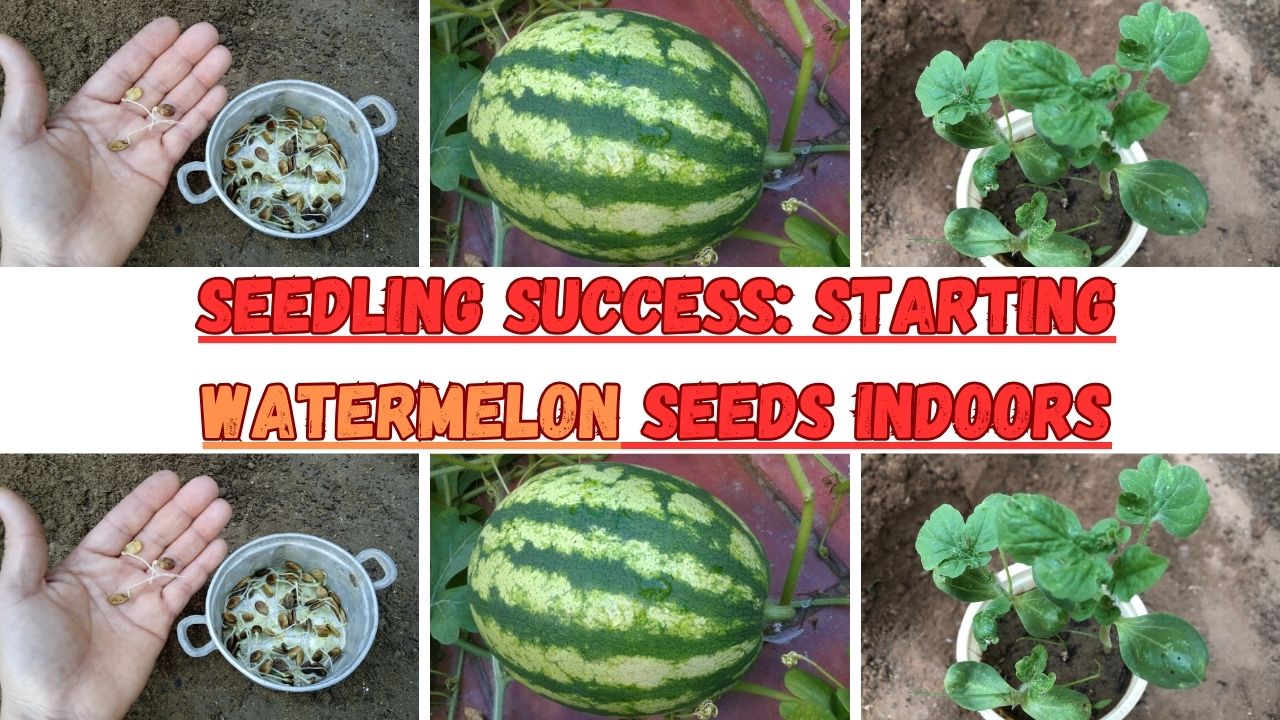
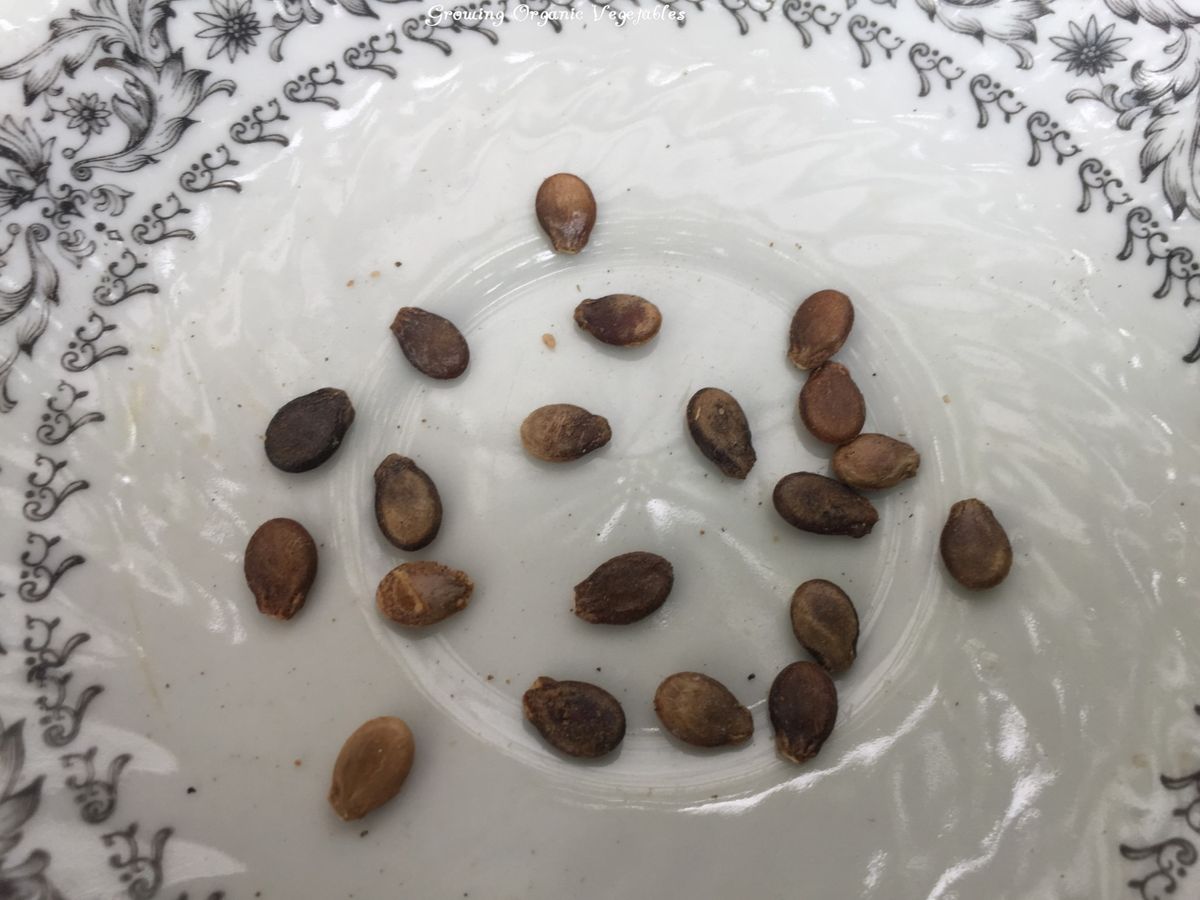
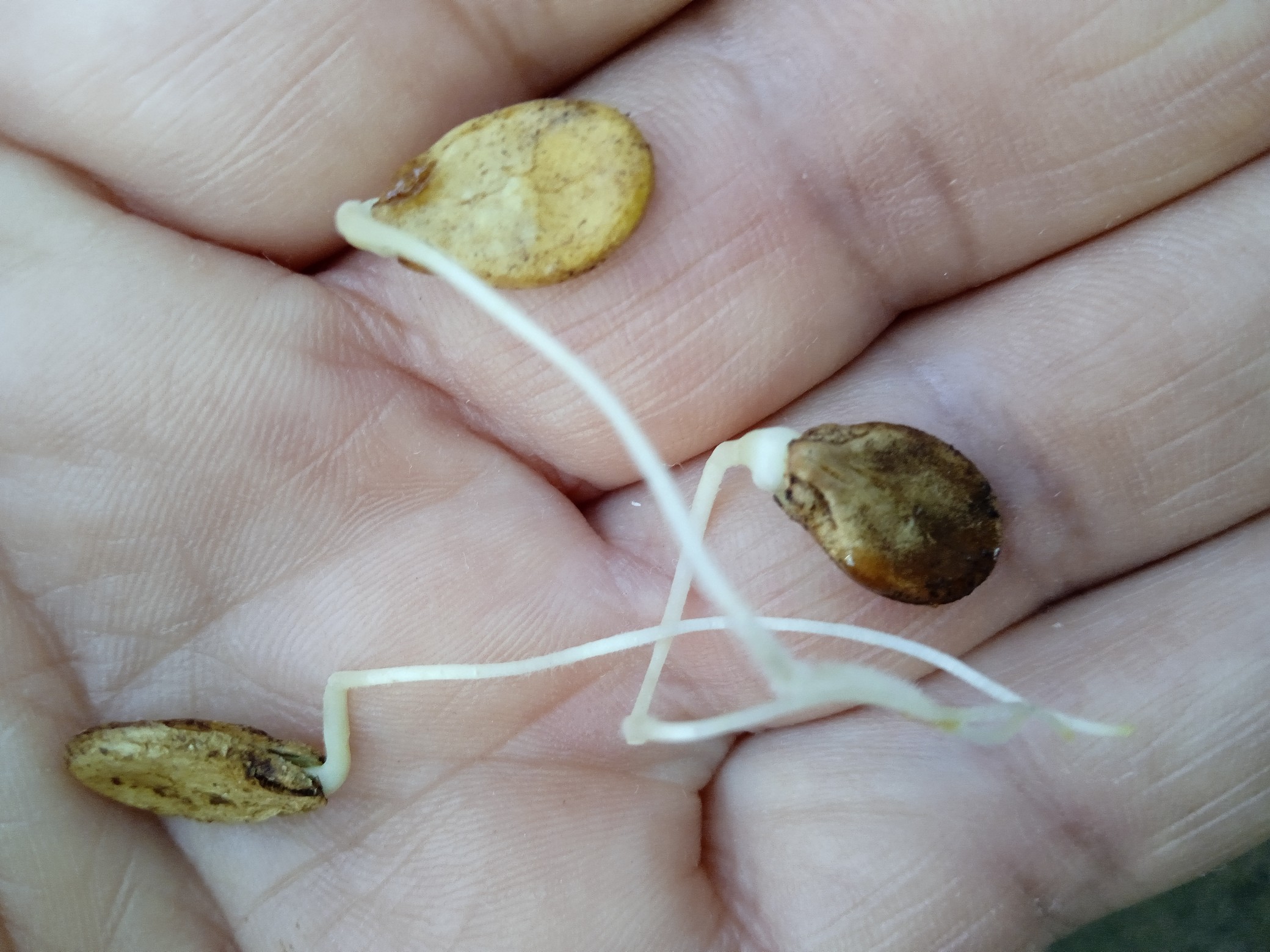
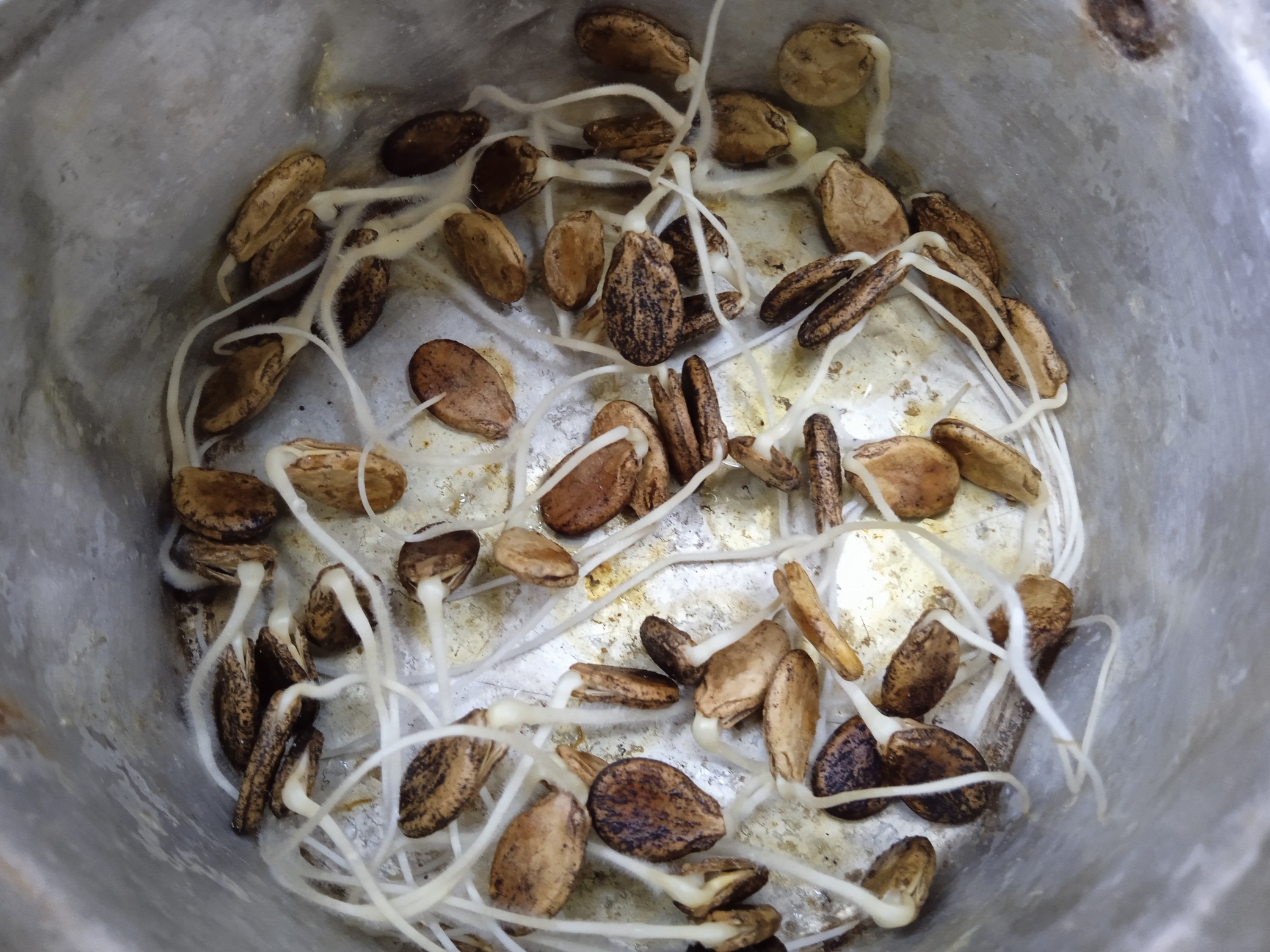
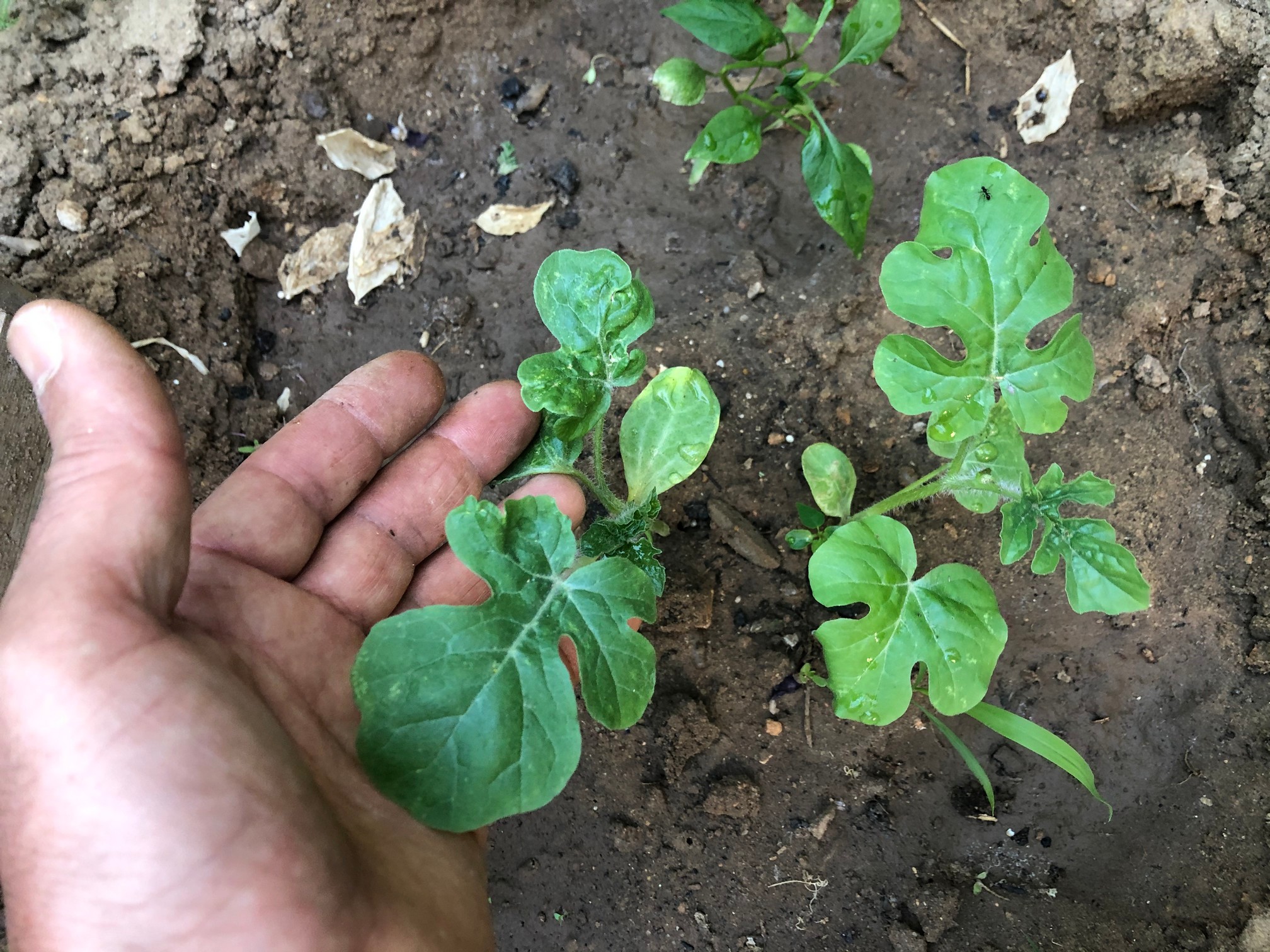
.jpg)
